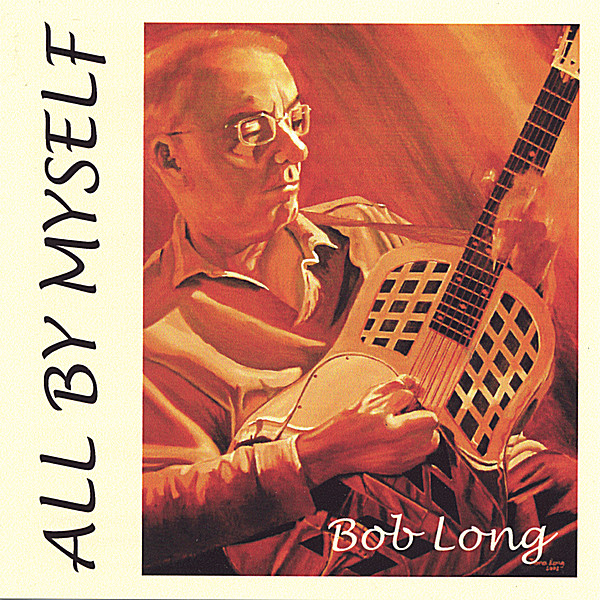
Roberts, Michael
product information
description
4The 1960s were the most turbulent era in Cleveland history--and an exciting time to be a newspaper reporter. This memoir takes you back to the tumult. It's an eyewitness account by a veteran journalist who, as an ambitious young reporter, covered the major events of the day: civil rights violence, corruption and crime, Vietnam, Kent State, and more. Cleveland was already changing by the beginning of the 1960s. Racial unrest, migration to the suburbs and the decline of its once-mighty industrial base reshaped the city's politics and population. Cleveland found itself at the forefront of social upheaval that would sweep the nation and alter America. In those days, a journalist could find a story that reflected the times down the street or around the world. Reporting for the Plain Dealer, Michael D. Roberts covered a decade of destruction, death and dissension--from the riots on Cleveland's East Side to the Tet Offensive in Vietnam, the aftermath of the Six-Day War in the Middle East and the tragedy of the Kent State shootings. There were enlightened moments, too. For a good part of that decade the eyes of the nation were on Cleveland, watching whether it would elect the first African American mayor of a major American city. It did, in Carl B. Stokes. It was also the last golden hour of print newspapers--although they didn't know it yet. Technology had not yet altered the business. All a journalist needed was a pen, a notebook, a typewriter, a pay phone and a pocketful of change. Television was only just beginning to make a serious impact on news reporting. Newspapers were a unifying force in communities, a friendly visitor that arrived on your doorstop every day. But by decade's end, the spirit of revolt would come to haunt the newspaper and pluck both the verve and the soul from it. For a reporter in search of a big story, though, bad times were also the best of times. This is the way it was.
member goods
No member items were found under this heading.
Return Policy
All sales are final
Shipping
No special shipping considerations available.
Shipping fees determined at checkout.







